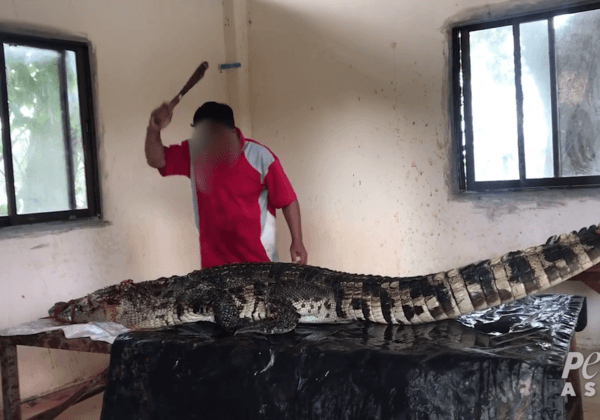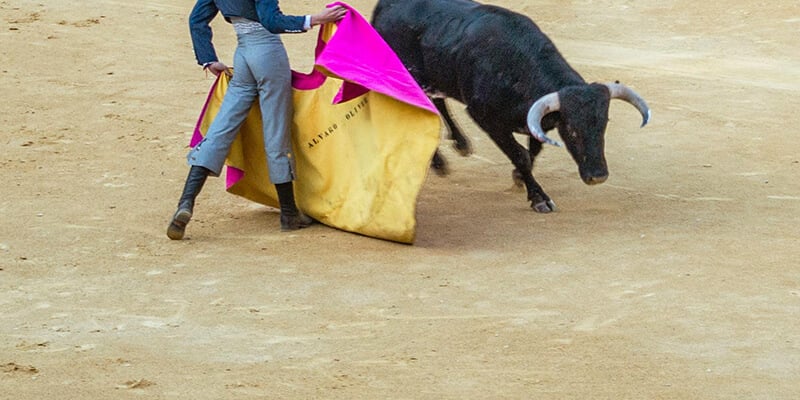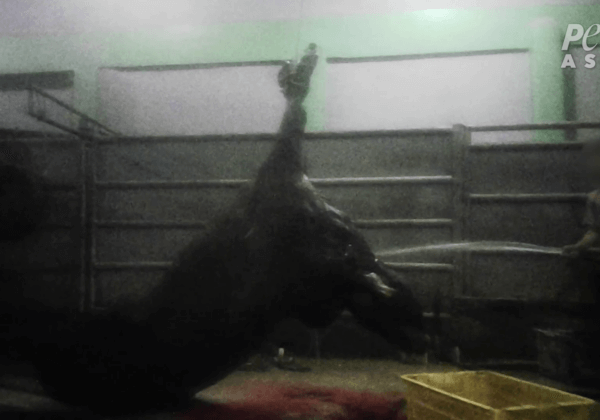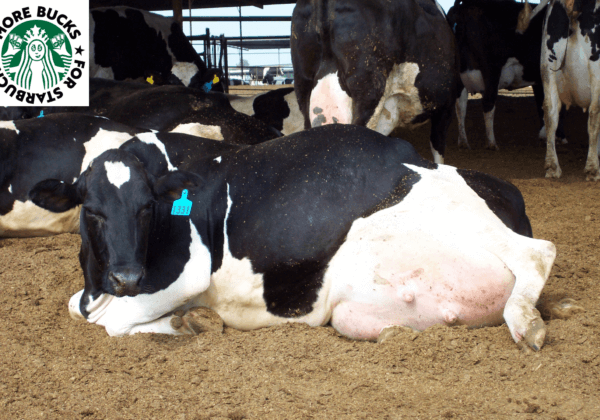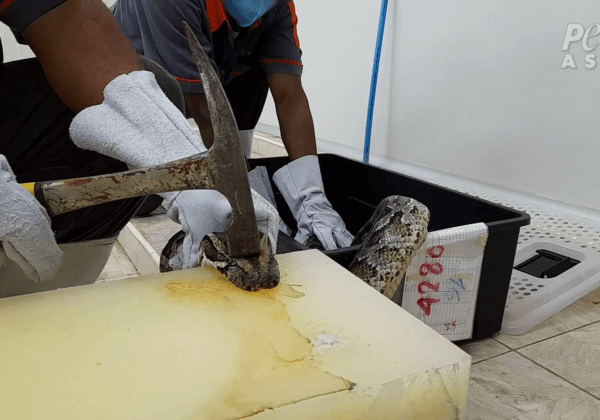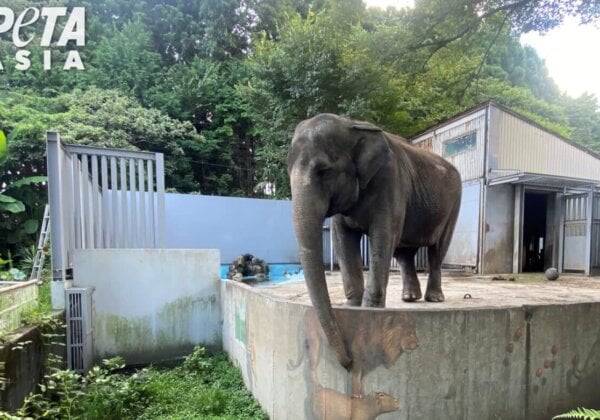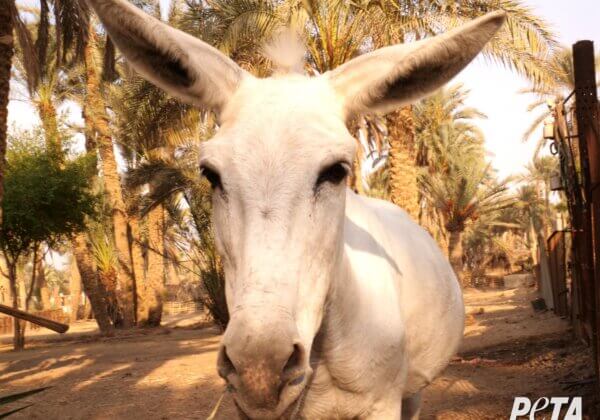A Shocking Look Inside Chinese Fur Farms
When undercover investigators made their way onto Chinese fur farms recently, they found that many animals are still alive and struggling desperately when workers flip them onto their backs or hang them up by their legs or tails to skin them. When workers begin to cut the skin and fur from an animal’s leg, the free limbs kick and writhe. Workers stomp on the necks and heads of animals who struggle too hard in order to make a clean cut. When the fur is finally peeled off over the animals’ heads, their naked, bloody bodies are thrown onto a pile of other animals. Some are still alive, breathing in ragged gasps and blinking slowly. Some of the animals’ hearts are still beating five to 10 minutes after they have been skinned. One investigator recorded a skinned raccoon dog on a heap of carcasses who had enough strength to lift his bloodied head and stare into the camera.
Before they are skinned alive, animals are pulled from their cages and thrown to the ground. Workers bludgeon them with metal rods or slam them onto hard surfaces, causing broken bones and convulsions but not always immediate death. Animals watch helplessly as workers make their way down the rows.
Background
Undercover investigators from Swiss Animal Protection/EAST International recently toured fur farms in China’s Hebei Province, and it quickly became clear why outsiders are banned from visiting Chinese fur farms. There are no penalties for abusing animals on fur farms in China, which means that farmers can house and slaughter animals however they see fit. These animals suffer miserable lives and excruciating deaths. The investigators found horrors beyond their worst fears and concluded, “Conditions on Chinese fur farms make a mockery of the most elementary animal welfare standards. In their lives and their unspeakable deaths, these animals have been denied even the simplest acts of kindness.”
Living Hell
On Chinese fur farms, foxes, minks, rabbits, and other animals pace and shiver in outdoor wire cages, exposed to driving rain, freezing nights, and scorching sun. Mother animals—who are driven insane from rough handling and intense confinement and have nowhere to hide while giving birth—often kill their babies after delivering litters. Diseases and injuries are widespread, and animals suffering from anxiety-induced psychosis chew on their own limbs and throw themselves repeatedly against the bars of their cages.
Is There a Skeleton in Your Closet?
The globalization of the fur trade has made it impossible to know where fur comes from. Animal skins move through international auction houses and are purchased by and distributed to manufacturers around the world. Finished goods are often exported. Even if a fur garment’s label says that it was made in a European country (where farms are little better and legislation to protect animals on fur farms is still woefully inadequate), the animals were likely raised and slaughtered elsewhere—possibly on an unregulated Chinese fur farm.
Because fur’s origin can’t be traced, anyone who wears any fur at all shares the blame for the horrific conditions on Chinese fur farms. The only way to prevent such unimaginable cruelty is never to wear any fur.


